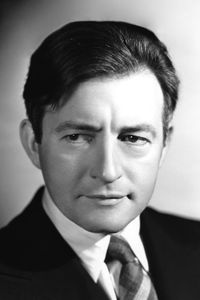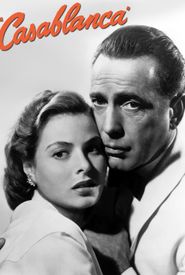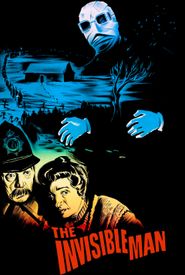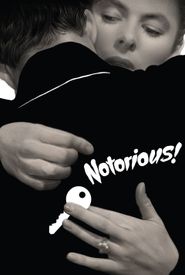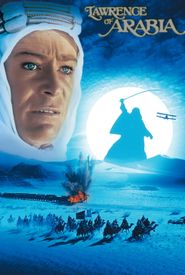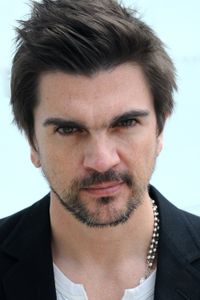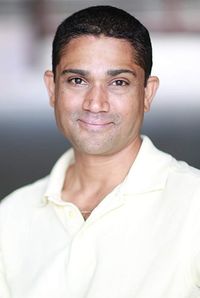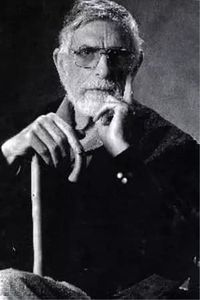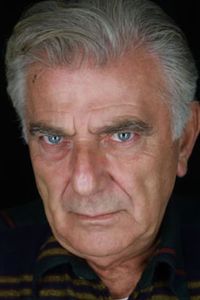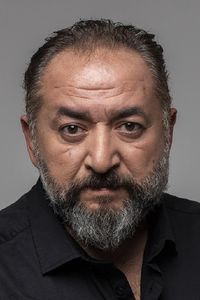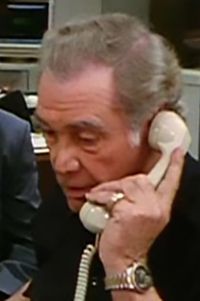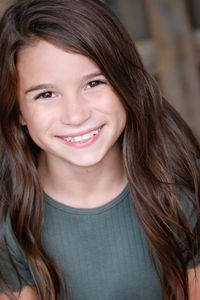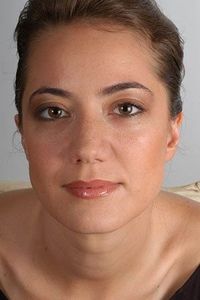William Claude Rains was born in the Clapham area of London to British stage actor Frederick Rains. He began his stage career at the age of eleven in "Nell of Old Drury" and later became a stage manager. Rains decided to move to America in 1913, but returned to England to serve in World War I.
After the war, he honed his acting skills with instruction from the founder of the Royal Academy of Dramatic Arts, Herbert Beerbohm Tree. He became a leading stage actor on the London scene and taught at the Royal Academy, where he mentored young actors such as Laurence Olivier and John Gielgud.
Rains returned to New York in 1927 and began a successful Broadway career, working with the Theater Guild and appearing in nearly 20 roles. In 1932, he was offered a screen test with Universal Pictures and went on to star in horror films, including "The Invisible Man" in 1933.
Rains' unique voice and acting style led to a contract with Warner Bros., where he appeared in literary epics and historical dramas. He became an American citizen in 1939 and continued to work in film, television, and theater throughout the 1940s and 1950s.
In the 1940s, Rains rose to A-list stardom, appearing in films such as "Mr. Smith Goes to Washington," "Now, Voyager," and "Casablanca." He was nominated for four Best Supporting Actor Oscars but never won.
In the 1950s, Rains began to focus on television, appearing in nearly 20 roles and starring in five episodes of Alfred Hitchcock Presents. He continued to work in episodic TV and returned to Broadway in 1951's "Darkness at Noon."
